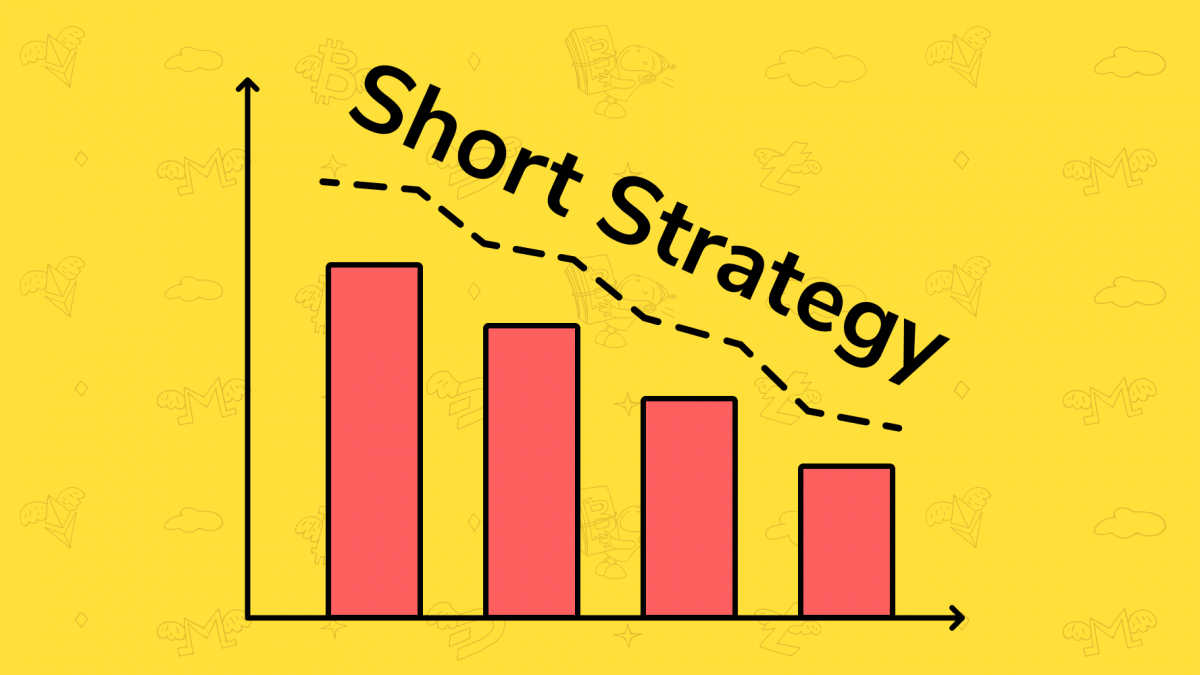Any profit in cryptocurrency trading arises from a price increase or decrease. “Going short” is benefitting from the latter, essentially betting against the currency in hopes that the price will decrease.
So, what is “going short”? For instance, after a long climb, a trader might short Bitcoin (BTC), betting that there will be a steep price drop before the trend stabilizes, which would allow profit to be made. Shorting is usually done without directly holding the crypto asset.
Ways to Go Short
Margin Trading
This involves the trader borrowing an asset in anticipation of a price drop, selling it at a higher price, and then buying back once the price has decreased. The price difference is kept as a profit. To borrow an asset, the crypto trader must use an exchange, which either connects them with a lender or lends assets directly, usually with interest rates. The trader is therefore only limited by the borrowing caps set by the particular exchange. Because of the option to trade with more assets than one owns, this is the most popular method of shorting, although it comes with its own limitations in the form of commissions and interest rates which detract from the profit made on the price drop.
Futures
Futures are contracts requiring the trader to buy an asset at a specified price on a certain date. Selling asset futures is betting on the decrease of the price, but, like margin trading, does not involve dealing with the digital asset directly. In fact, some futures exchanges allow dealing with profit or loss values in fiat money directly. This is a method increasing in popularity, however it is not as developed a market offering as others.
Contract for Difference (CFD)
CFD is the ultimate form of betting on an asset without owning it. This is a direct bet on the trend of the currency, settled by the market without the trader having to ever buy, sell or borrow the asset they are betting on. CFDs are not cryptocurrencies themselves, and function closer to fiat money than to crypto assets. This means that the trader doesn’t need to worry about the liquidity of the asset (e.g. Bitcoin), since a CFD is a measure of price difference of an asset.
Direct Short Selling
Unlike all of the options above, direct shorting of an asset requires ownership and actual sale of the coin. The trader will aim to sell high, buy low and work from there with market fluctuations. While this does mean that the trader is in control of all of the assets involved, it requires the initial purchase of an asset. Most importantly, it involves loss of actual asset if the trade does not work out. The process of direct shorting is somewhat simplified in automated trading, since it allows higher values to be dealt with, but this still constitutes slower profits and a significant risk factor. In addition to the coin dropping in price, it must also subsequently rebound, otherwise the trader is left with a low price asset and the profit from shorting is cancelled out by the loss of asset value.
Risks and Benefits of Going Short
Betting against an asset can be extremely profitable, especially if the trader predicts a price drop at the end of a long upward trend. Given the volatility of the crypto market, price drops are to be expected, providing many opportunities for shorting.
However, being on the losing side of shorting, unless done directly, has no cap on the potential loss one is exposed to. Since the price of a borrowed asset can increase and the trader is bound by temporal boundaries for the return of the asset, they may find themselves in a situation where they must buy the asset at a higher price than predicted.
Due to the aforementioned volatility of the market, it may be the case that the eventual loss is crippling to the overall portfolio.
What to do?
If a trader does decide to short crypto assets, they must consider a number of factors, the most important of which is money management. For example, it is easy to bet with borrowed assets when doing marginal trading, but the possibility of unexpected and potentially large losses needs to be taken into account.
The trader must have boundaries set to ensure that any damage caused by losing out in shorting is covered by the whole portfolio.
Another important consideration is the choice of asset. It may be appealing to work with multiple assets at a time, but it is worth keeping in mind that many coins trace each others’ behavior on the cryptocurrency market. That makes it potentially unsafe to short multiple coins that you expect to be on the same trend.
Most importantly, the trader must be careful in following the market. Shorting is a popular strategy, so multiple traders will be working to extract profit from a price drop at any time. If the traders using the short strategy opt for buying back, the price surge that will follow can land the slower traders in an extremely unfavorable position.
FAQ
What are the benefits of going short?
Betting against an asset can be extremely profitable, especially if the trader predicts a price drop at the end of a long upward trend.
What are the risks of going short?
Since the price of a borrowed asset can increase and the trader is bound by temporal boundaries for the return of the asset, they may find themselves in a situation where they must buy the asset at a higher price than predicted.
